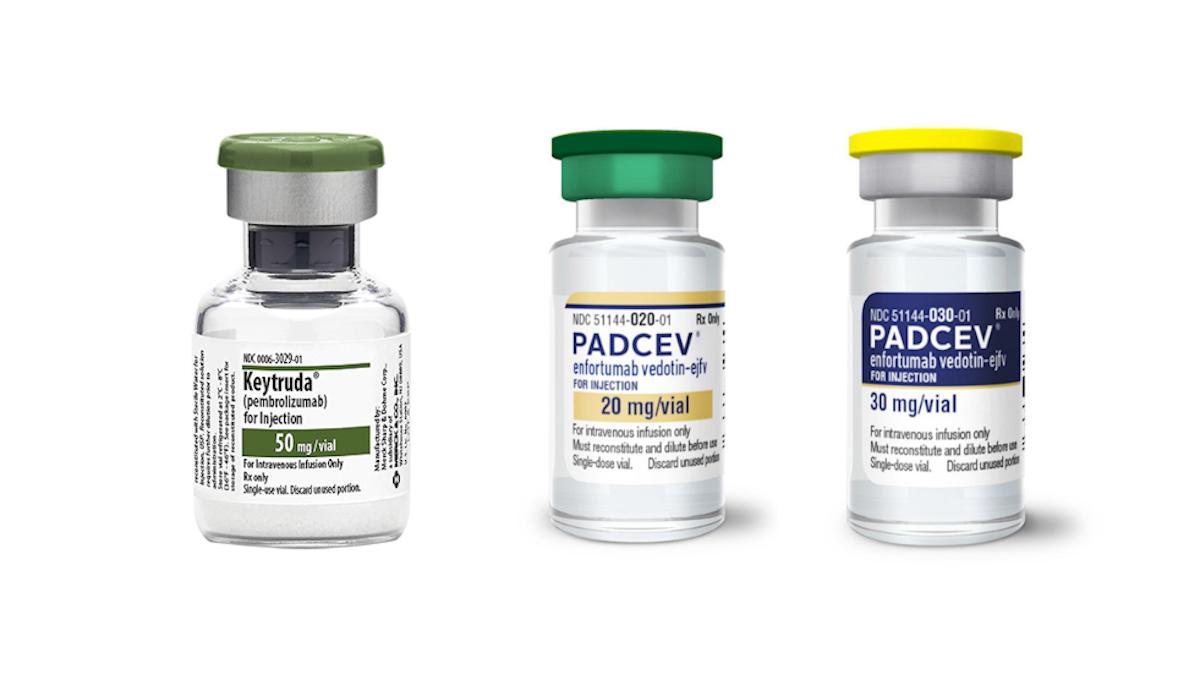And Astellas’ latest drug discovery partner is… Sony?

Astellas Pharma has looked outside of the box for its latest cancer drug development partnership, joining forces with Sony on a project to find new antibody-drug conjugates (ADCs).
The electronics giant is bringing a polymeric material to the alliance that Astellas thinks could become a component of ADCs, which take the form of an antibody targeting antigens on cancer cells, joined to a cell-killing compound using a linker molecule.
Sony’s novel polymer – dubbed Kiravia Backbone – will be assessed for its ability to serve as the linker molecule in ADCs, with the promise that it could increase their efficacy and reduce side effects.
The partnership isn’t as unusual as might be thought at first glance, as Sony operates a biotechnology R&D unit that develops life sciences lab equipment, like spectral cell analysers and sorters, as well as reagents for applications such as flow cytometry.
The Kiravia family of organic polymers has grown out of that effort, and are used to carry fluorescent dyes that are used in flow cytometry experiments; for example, to detect cells expressing particular antigens in screening studies.
Astellas and Sony hope that the properties of Kiravia Backbone will make it an ideal linker for ADCs, keeping the payload tightly joined to the antibody while it travels around the body, and releasing it only when the drug binds to its target cell.
Avoiding premature release of the payload can minimise off-target effects in healthy tissues, which has been a perennial problem for ADC developers. One notable example was Pfizer’s leukaemia therapy Mylotarg (gemtuzumab ozogamicin), an early ADC entrant that had to be taken off the market in 2010 because an unstable linker resulted in severe liver toxicity.
The drug was re-designed to ameliorate the problem and was cleared to sale again in 2017, but still has to carry a black box warning on its label for potential liver toxicity.
There have been improvements in linker technology in recent years that have reduced the risk of off-target effects and allowed a steady stream of new ADCs to reach the market, but some limitations still remain that are holding back the category. That includes, for example, linkers that can expand the range of payload compounds that can be delivered, and improve the absorption, distribution, metabolism, and excretion (ADME) of ADCs.
Astellas and Sony started working together on adapting Kiravia to become a linker technology in July 2022, and have already completed feasibility testing in the lab using human cancer cells. The backbone can be fine tuned to increase the number of drug molecules that can be added to the ADC, is highly stable, and improves water solubility, preventing the drug molecules from clumping together.
Now, the partners have taken the project to the next level, with Astellas now preparing to carry out non-clinical studies of drug candidates. They will also start looking at ways to extend the partnership into other directions, according to a joint statement.
“Sony’s life sciences business has accumulated substantial knowledge in the field of cell analysis,” said Katsunori Ogawa, head of the group’s life sciences and technology business unit.
“Through this collaboration, Sony is striving to contribute to the medical and drug discovery fields and provide further social value by leveraging Sony’s technological capabilities in the development of anti-cancer drugs therapy, which are expected to grow.”












